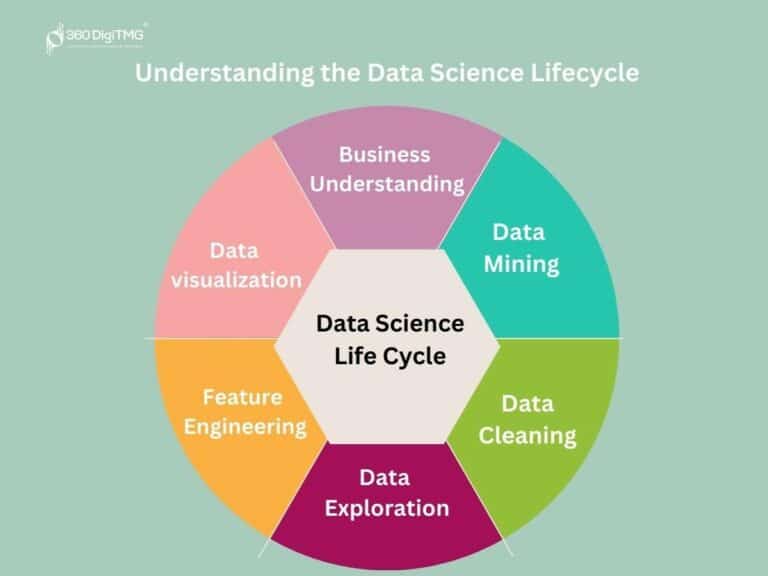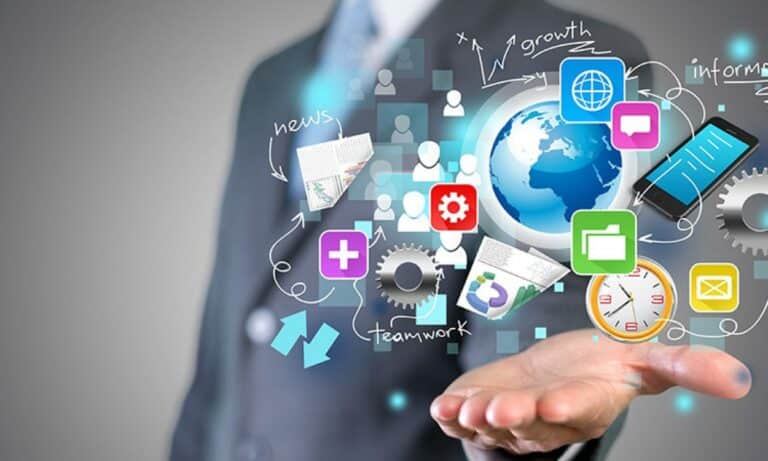In recent years, electronic medical record software has emerged as a groundbreaking force in the healthcare industry. This transformative technology has not only revolutionized patient care but has also redefined the landscape of healthcare administration. In this comprehensive exploration, we delve into the multifaceted advantages of EMR software, uncovering its remarkable impact on healthcare delivery. From improving patient outcomes to streamlining administrative processes, electronic medical records software is undoubtedly the driving force behind the future of healthcare.
From Paper-Based Records to Digital Efficiency
Traditionally, healthcare providers relied on cumbersome paper-based records for documenting patient information. This archaic system was plagued with inefficiencies, resulting in delays, errors, and frustration for both medical professionals and patients. EMR software has ushered in a new era, shifting this paradigm entirely. With the click of a button, physicians and nurses can now access comprehensive digital patient records, significantly enhancing the accuracy, speed, and overall quality of healthcare delivery.
Seamless Data Integration
One of the most remarkable features of EMR software is its ability to seamlessly integrate data from various sources. Lab results, prescription histories, diagnostic imaging, and vital signs can all be consolidated in a centralized digital repository. This not only streamlines the decision-making process but also offers healthcare providers a comprehensive view of a patient’s health status, which is invaluable for making well-informed choices.
Enhancing Patient Care
Real-time Access to Patient Records
EMR software provides real-time access to patient records, a game-changer in the healthcare industry. Healthcare providers can now swiftly retrieve critical patient information, empowering them to make prompt and informed decisions, particularly in emergency situations where time is of the essence. This capability can genuinely be a lifesaver.
Decision Support Systems
Embedded within EMR software are intelligent decision support systems that guide healthcare professionals in making accurate diagnoses and treatment plans. These algorithms are designed to identify potential drug interactions, allergies, and other crucial patient information. As a result, medical errors are reduced, patient safety is enhanced, and healthcare outcomes are significantly improved.
The Administrative Revolution
Streamlined Appointment Scheduling
EMR software extends its transformative reach to administrative tasks as well. Appointment scheduling, traditionally a time-consuming and error-prone process, has now become a breeze. Patients can effortlessly book, reschedule, or cancel appointments online, reducing the administrative burden and enhancing the overall patient experience.
Billing and Claims Management
For healthcare institutions, EMR software simplifies billing and claims management. It enables the electronic submission of claims, reducing errors and expediting the reimbursement process. This leads to improved cash flow and significantly less administrative hassle, allowing healthcare providers to focus on patient care.
The Future of Healthcare
Telemedicine Integration
EMR software has also paved the way for the seamless integration of telemedicine services. Patients can now consult with healthcare providers remotely, and their medical records are updated in real time. This not only improves access to healthcare, particularly in remote or underserved areas, but also reduces the burden on physical healthcare facilities, making the entire system more efficient and accessible.
Data Analysis for Continuous Improvement
With a vast amount of data collected through EMR software, healthcare organizations can now perform in-depth data analysis. This data-driven approach enables healthcare providers to identify trends, assess treatment protocols, and continually improve patient care and administrative processes. It’s a significant leap towards a more efficient and effective healthcare system.
Conclusion
In conclusion, Electronic Medical Record (EMR) software has ushered in a profound revolution in patient care and healthcare administration. The transition from paper-based records to digital efficiency has streamlined processes, improved patient outcomes, and set the stage for a more data-driven and efficient healthcare system. As technology continues to advance, we can anticipate even more innovations in EMR software, further enhancing the quality and accessibility of healthcare.
FAQs
1. Is EMR software secure?
Absolutely. EMR software is designed with robust security measures, including encryption and user authentication, to ensure the utmost protection of patient data.
2. Can small healthcare practices benefit from EMR software?
Yes, indeed. EMR software solutions come in various sizes, including options tailored for small healthcare practices, ensuring that they can also enjoy the benefits of streamlined healthcare management.
3. How does EMR software benefit patients directly?
EMR software leads to quicker access to medical records, more accurate diagnoses, and more efficient treatments. All of this, ultimately, significantly improves the patient experience.
4. Are there any downsides to EMR software adoption?
While the benefits are substantial, there can be challenges during the initial implementation and staff training stages. However, the long-term advantages far outweigh these initial hurdles, making it a worthwhile investment for healthcare institutions.












